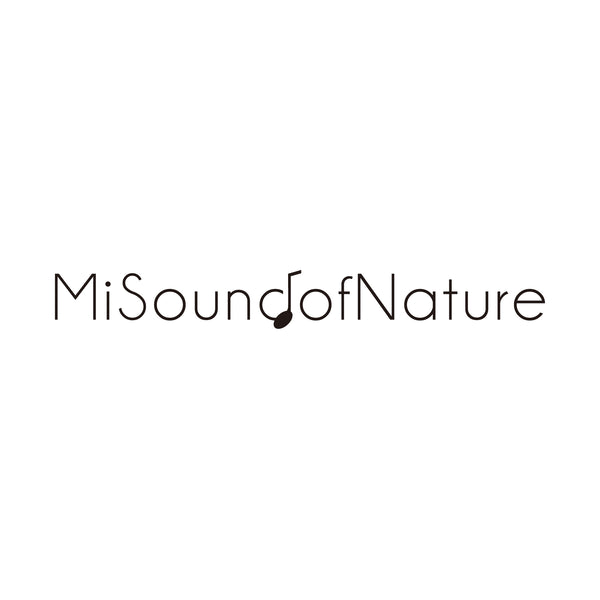Many makers invent their own names for already named scales, thus a jungle of terms has been created, which makes it difficult to understand. Here we list the most common scales and describe them in a few words.
Kurd / Annaziska:
For us one of the most varied minor scales. In D minor and E minor it is called "Kurd", in C sharp (C#) it is called "Annaziska". Here we learn what harmonic diversity means, because even on an 8 notation 6 full chords can be played here. From dreamy to mystical to happy and hopeful. With a Kurd / Annaziska you can express all your feelings. Here HLURU's D Minor Handpan :
Celtic / Amara:
The Celtic Minor or Amara is based on the scale that is common in traditional Celtic music. The absence of the sixth makes this scale even more intuitive and harmonious. Suitable for every beginner. Here the sound example of a D Amara Handpan from hluru.
E Key Equinox:
Aegean C Major:
Mystic:
Fot the two of us, the scale "Mystic" was our beginner model. A mystic atmosphere is created by the missing seventh. Ideal for a flowing, rhythmic playing.
Pygmy:
Due to the pentatonic the Pygmy is a very harmonic scale, which invites you to dream and float away. A touch of melancholy that shines through the player as if in a dream.
Low Pygmy:
A deeper variation of the "Pygmy", starting at the second in the ring around the Ding. This requires a different way of playing, which in our eyes is especially suitable for melodic playing. We recommend it to advanced players.
Asha / Ashakiran:
"Asha" is literally translated as "hope", and "Ashakiran" as "ray of hope". She animates to cheerful, light, melancholic, hopeful melodies. While the Asha classical has only 8 tones on the upper shell, the Ashakiran is extended by a ninth tone on that one and receives at least three tones on the lower shell. Especially the second and third in the lower range and the fourth in the upper, complete the already rich Asha to a Handpan that leaves nothing to be desired.
Hijaz:
We often describe them with the adjective "spicy". The little second between first and second stage is responsible for the fact that a typical oriental sound is created. Suitable for percussive playing and oriental or even Spanish sounding melodies.
Harmonic minor:
This scale is also a bit "spicy". The tone structure is similar to that of the "Kurd" or "Annaziska", except that here the seventh is increased and thus gives the oriental flavor. On this scale you can play wonderfully melodic as well as percussive.
Our opinion:
If you mainly want to play together with other people, a "D minor" Handpan is recommended. Classical scales are "Kurd" or "Celtic Minor". This key is very popular and widespread in Western Europe, which makes it easy to play together.
In other parts of the world, for example, Arabic scales like 'Hijaz' or 'Harmonic Minor' are more in demand.
